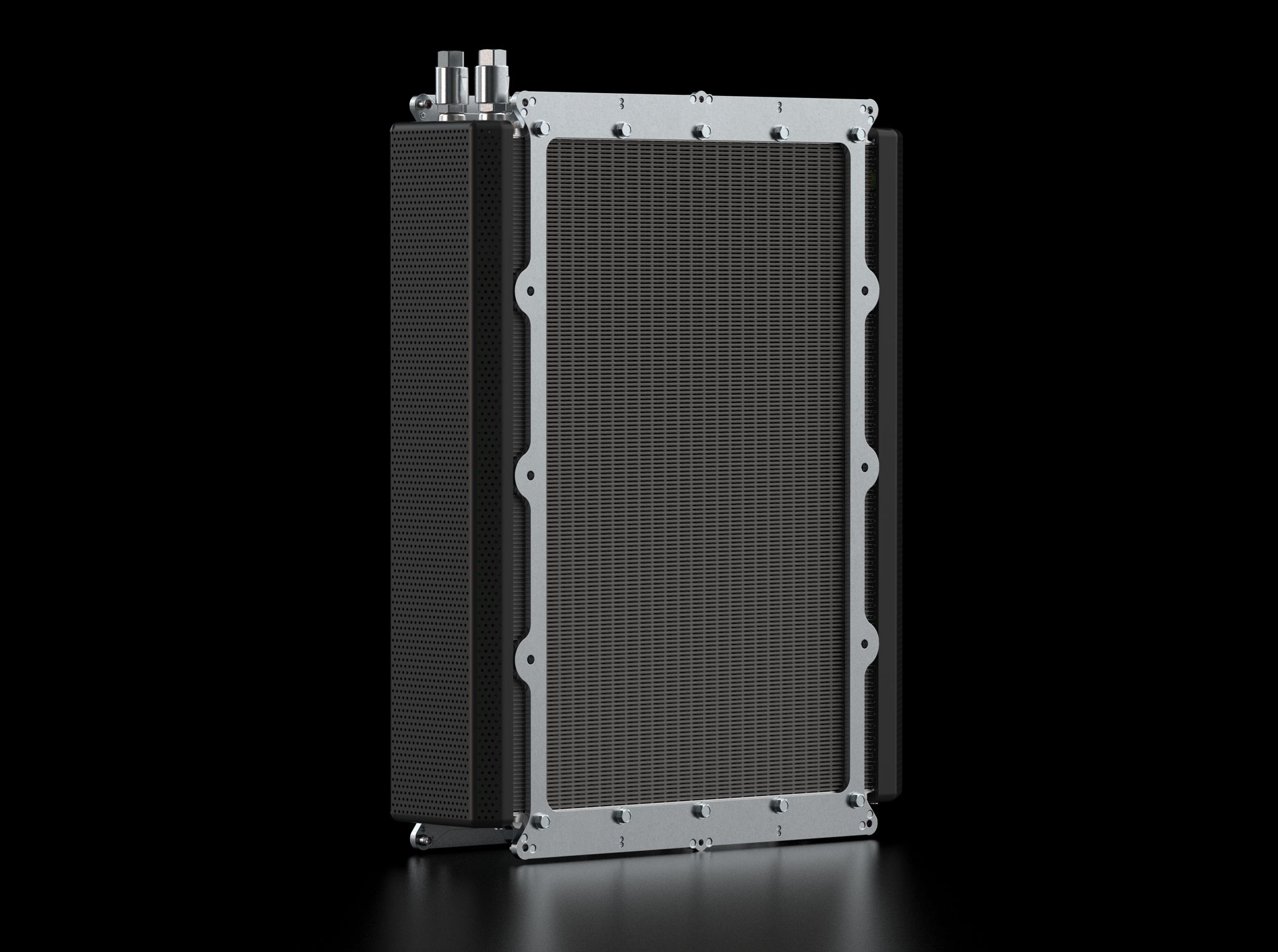Click Here to View This Page on Production Frontend
Click Here to Export Node Content
Click Here to View Printer-Friendly Version (Raw Backend)
Note: front-end display has links to styled print versions.
Content Node ID: 419246
Hydrogen propulsion system innovator HyPoint and chemical company BASF are joining forces to develop high-performance membranes for use in HyPoint’s new hydrogen fuel cell system. The membrane-electrode assembly (MEA) is expected to achieve more than 3,000-W/kg specific power, representing an increase of at least 50 percent over the current system while also reducing weight.
This combination will make Hypoint’s turbo air-cooled hydrogen fuel cells viable to support larger aircraft when they become available for use in mid-2024. The California-based company is already working with developers of hydrogen-powered eVTOL vehicles, including Urban Aeronautics and Piasecki, but now it says its technology could power significantly larger aircraft, including airliners.
The weight reduction will mean that, for example, a 3,000-kW fuel cell system would weigh 1,000 kg (2,200 lb). The 33 percent reduction (500 kg) could then be used to carry additional hydrogen to extend range or add more passenger seats or cargo. According to Hypoint, the minimum requirement to power a passenger airliner would be around 3,000 W/kg.
“Our collaboration will yield next-generation membranes and membrane-electrode assemblies that result in a significant improvement to our system’s specific power, durability, and operational temperature range. Together, these will satisfy the requirements of the air transportation market, including single-aisle aircraft. It will also enable us to increase our production volume to meet customer demand and continue to expand capacity,” said HyPoint CEO Dr. Alex Ivanenko.
The work with the German chemicals group’s BASF New Business division will develop and test a version of a proton-conductive membrane called Celtec that has stronger mechanical properties and can operate at higher temperatures and with a greater pressure differential. The collaborative project will also produce all the related components and materials needed for the improved fuel cells.
BASF has been making Celtec membranes and MEAs for more than 15 years to be used in other industrial applications. Its units can operate at temperatures between around 120 C and 180 C, allowing greater tolerance to impurities in the gas flow that can stress the materials used in low-temperature MEAs.
“HyPoint has substantial experience in the development of HTPEM [high-temperature proton exchange membrane] hydrogen turbo air-cooled fuel cell systems with zero CO2 emissions and game-changing energy performance for the air transportation and urban air mobility markets,” said Dr. Frank Prechtl, director of energy management at BASF. “Hydrogen fuel cells are certainly a viable option for sustainable and decarbonized air transportation. We look forward to working alongside HyPoint to bring its turbo air-cooled HTPEM fuel cells to market.”
Through its ZeroE program, Airbus is now evaluating three concepts for hydrogen-powered airliners that it says could enter commercial service in 2035. These could potentially carry up to 200 passengers on flights of just over 2,000 miles, representing a carbon-neutral alternative to its current A320 family of single-aisle aircraft.
